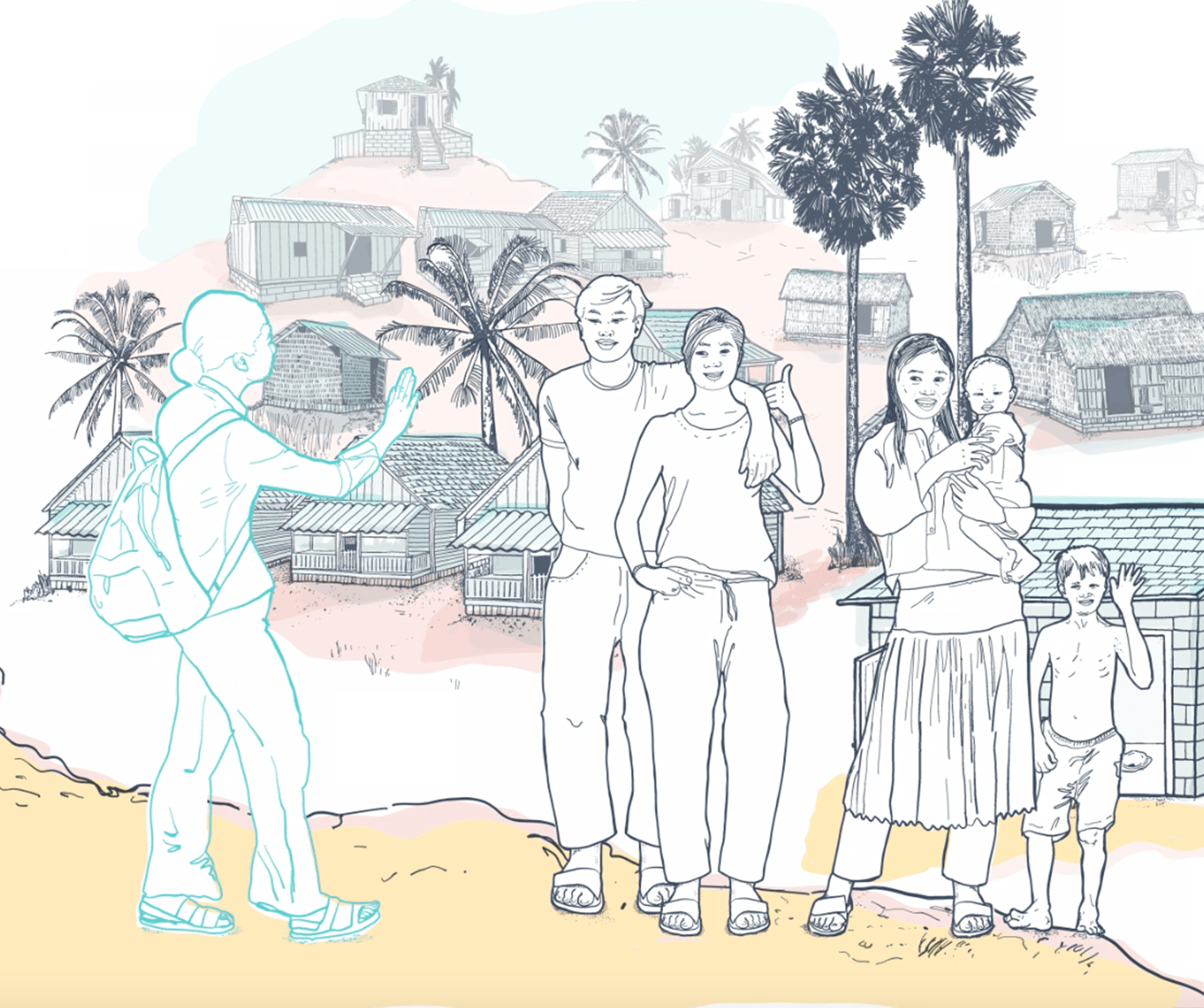Vietnam has achieved impressive results in increasing sanitation coverage. In 1990, only 31 percent of rural households had access to improved sanitation. By 2015, this rate had increased to 70 percent. The Joint Monitoring Program (JMP) of the World Health Organization (WHO) and the United Nations Children’s Fund (UNICEF) established criteria for ‘unimproved’ and ‘improved’ latrines, while the Vietnam Ministry of Health (MoH) has developed a more stringent set of criteria for ‘hygienic’ latrines used for setting national targets and for monitoring.
The Vietnam Health and Environment Management Agency (VIHEMA) under the MoH is responsible for rural sanitation and hygiene. Within communities that have sustained open defecation free status, VIHEMA aims to increase the rate of households with hygienic latrines to 75 percent by 2020, and to 90 percent by 2030. Since 2010, the government’s delivery mechanism for rural water supply and sanitation has been a series of five-year National Target Programs (NTPs). The third NTP (NTP3) for rural water supply and sanitation has been completed. For 2016-2020, the New Countryside Development Program will be the umbrella programme under which sanitation is to be addressed.
This Learning Note summarises key findings and insights from the research and design process used for the BCC campaigns and supply chain strengthening programmes for Hoa Binh Province and the Mekong River Delta.






